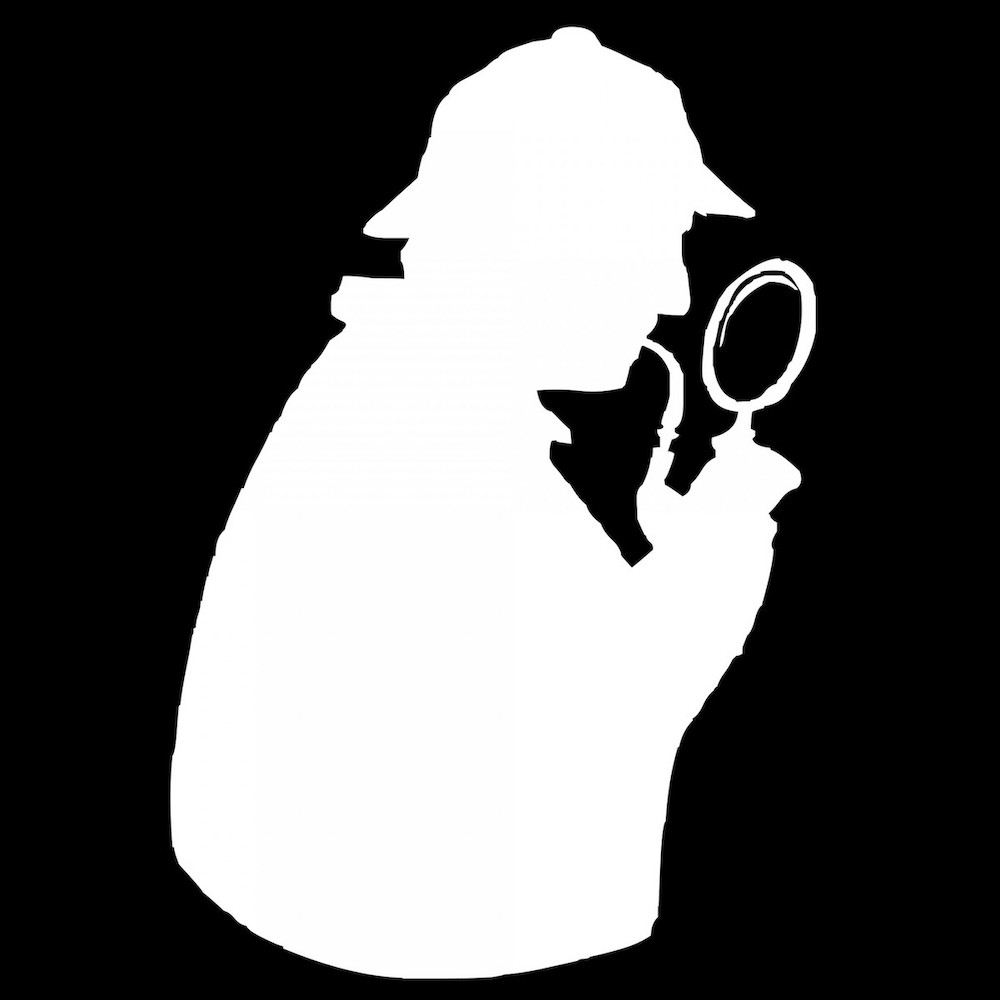
Leviticus 24 Overview
Leviticus 24 is one complete thought. The next thought begins with “And YHVH spoke to Moses in Mount Sinai saying…” in chapter 25. Caring for the tabernacle’s menorah, the 12 loaves of show bread and dealing with a blasphemer upon closer analysis aren’t three disparate and unrelated subjects, but indicate a continuum of thought that eventually relates to the modern mainstream church. Let’s see how.
Leviticus 24 is divided into three subsections: caring for the menorah, baking and placing the show bread, and punishment for the blasphemer. Each new section begins with the Hebrew word vav meaning “and,” which expresses a new thought, but is also a continuation of the previous thought. What do these three sections have to do with each other?
The menorah is a spiritual picture of Yeshua and the redeemed believer. It is also a prophetic picture of Yeshua who is the tree of life to which each redeemed Israelite is attached and draws his spiritual sustenance through the Spirit of Elohim. (Yeshua is the vine and the saints are his branches, John 15:1.) The gold in the menorah represents pure, godly character of righteousness. A menorah produces heat and light through its flame. Light represents the fruit of the Spirit of Elohim, and heat represents the power of the gifts of the Spirit. This is how a saint reaches the world: he is a light in the darkness around him and lets his light shine through the fruit of the spirit, and then reaches the world through the supernatural power gifts of the Spirit. The menorah also represents the Feast of Weeks or Shavuot when YHVH gave his people his Torah instructions in righteousness, and then latter wrote his Torah on their hearts by his Spirit in Acts chapter two on the day of Pentecost.
The show bread is a picture of redeemed Israel (the twelve tribes) bringing the bread of life, the Word of Elohim, to the world. The bread was covered in frankincense representing the prayers of the saints not only praising YHVH, but interceding for those who are spiritually lost.
The death of the young blasphemer is what happens when parents don’t raise their children correctly by reaching out to them with the truth of Torah—they blaspheme Elohim and are killed in judgment. Perhaps the Israelite woman had married an Egyptian who was not a believer in Elohim and the Torah and thus she was unequally yoked with a heathen unbeliever. Perhaps they were both followers of Elohim, but they raised their child incorrectly by not teaching him the lover and fear of Elohim—giving him the spiritual bread of life (represented by the table of showbread). Either way, the Israelite woman (a picture of the church) was not discipling her child in the word of Elohim and not being a spiritual light to him (represented by the menorah) and she lost her child because of it. How many redeemed believers (and church leaders) spiritually abort their children because they didn’t properly disciple or raise them in the Torah-Word of Elohim?


Some are apostles and some are fossils! Discipline and disciple go hand in hand 🙂
The seven stem menorah is representative of the seven messianic congregations. The showbread represents the 12 tribes, 12 legions, 144,000 (the eighth congregation). And blasphemy is an evil sin in anybodies language.
John
Yes, the Ruach is to us what the sap is for a plant; it supplies us with nourishment from the root or vine (The bread from heaven) so we can bear good fruit; Yeshua said “without me you can do nothing.”
On a different note:
Occasionally, even the best upbringing can’t prevent a person from making bad choices;
example: HaSatan, who had the perfect parent namely Elohim.
Sonja